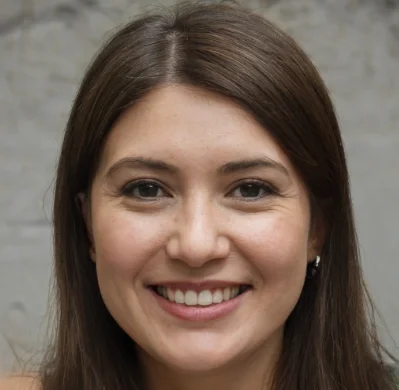Stroke is a leading cause of death in the United States. It occurs when the arteries in or around the brain are blocked. Understanding stroke, its risk factors, and the role of neuroradiology imaging is key to better diagnosis and treatment.
Contents
What Is a Stroke?
A stroke happens when the blood supply to part of the brain is interrupted or reduced. This prevents the brain from receiving the oxygen and nutrients it needs, leading to cell death within minutes. Strokes can occur due to a blockage in a blood vessel (ischemic stroke) or from a ruptured blood vessel (hemorrhagic stroke). Another event called a transient ischemic attack (TIA), involves a temporary reduction in blood flow to the brain and is sometimes referred to as a mini-stroke.
Certain factors can increase the risk of stroke. High blood pressure, smoking, diabetes, a sedentary lifestyle, and high cholesterol are well-known contributors. Although some risks, like age and family history, are beyond control, lifestyle adjustments can help reduce preventable risks.
Recognizing stroke symptoms quickly can make a difference in care. Common signs include slurred speech, sudden weakness in one side of the body, loss of balance, and facial drooping. If these symptoms appear, contacting emergency services immediately could reduce the risk of long-term complications.
What Is Neuroradiology?
Neuroradiology is a specialized area of radiology that focuses on imaging techniques used to diagnose and treat conditions affecting the brain, spine, and nervous system. By examining detailed images of these areas, neuroradiologists can help uncover precise causes of medical issues, including strokes. Some common imaging techniques in neuroradiology include MRI and CT scans, and cerebral angiography.
Each of these techniques has unique strengths that contribute to treatment plans. MRI scans provide detailed images of soft tissues, making them useful for identifying blood clots or brain damage caused by a stroke. CT scans are often used in emergencies to quickly identify bleeding in the brain or damage from a stroke. Cerebral angiography involves using contrast dye to examine blood vessels and detect abnormalities like blockages.
How Do These Techniques Aid in the Prevention and Treatment of Strokes?
Neuroradiology plays a key role in both managing stroke risks and improving treatments. Through detailed imaging, neuroradiologists can identify blockages, small cerebral aneurysms, or other abnormalities in the brain’s blood vessels that could eventually lead to a stroke. Early detection allows physicians to address these conditions with targeted interventions.
When someone experiences stroke symptoms, neuroradiology techniques help confirm the diagnosis. Fast, accurate imaging is often the first step to deciding whether medications, such as clot-dissolving drugs, can be used. For ischemic strokes caused by a blood clot, neuroradiology may guide procedures like thrombectomy, in which catheters are used to remove the clot. MRI and CT imaging are also helpful in understanding the extent of damage caused by stroke and guiding rehabilitation plans.
Prevention is another area where neuroradiology has value. Regularly screening at-risk individuals can detect problems before they worsen. This approach might reduce the likelihood of severe strokes by allowing physicians to recommend medical interventions, such as lifestyle adjustments or surgeries, to restore proper blood flow.
Act Quickly, Stay Educated
Strokes are a leading cause of death and disability. Advancements in neuroradiology are improving patient outcomes. Imaging tools play a key role in managing stroke risk and treatment. They empower individuals to make informed healthcare decisions. If you or someone you know is at risk, talk to a medical professional. Neuroradiology can support early detection and care. Responding quickly to stroke symptoms saves lives and reduces long-term health impacts.

Sarah Wilson, an accomplished writer and seasoned blogger, weaves compelling narratives that transport readers to new and uncharted worlds. With a talent for vivid storytelling and thoughtful insight, her work leaves a lasting mark, enchanting both the imagination and intellect.
